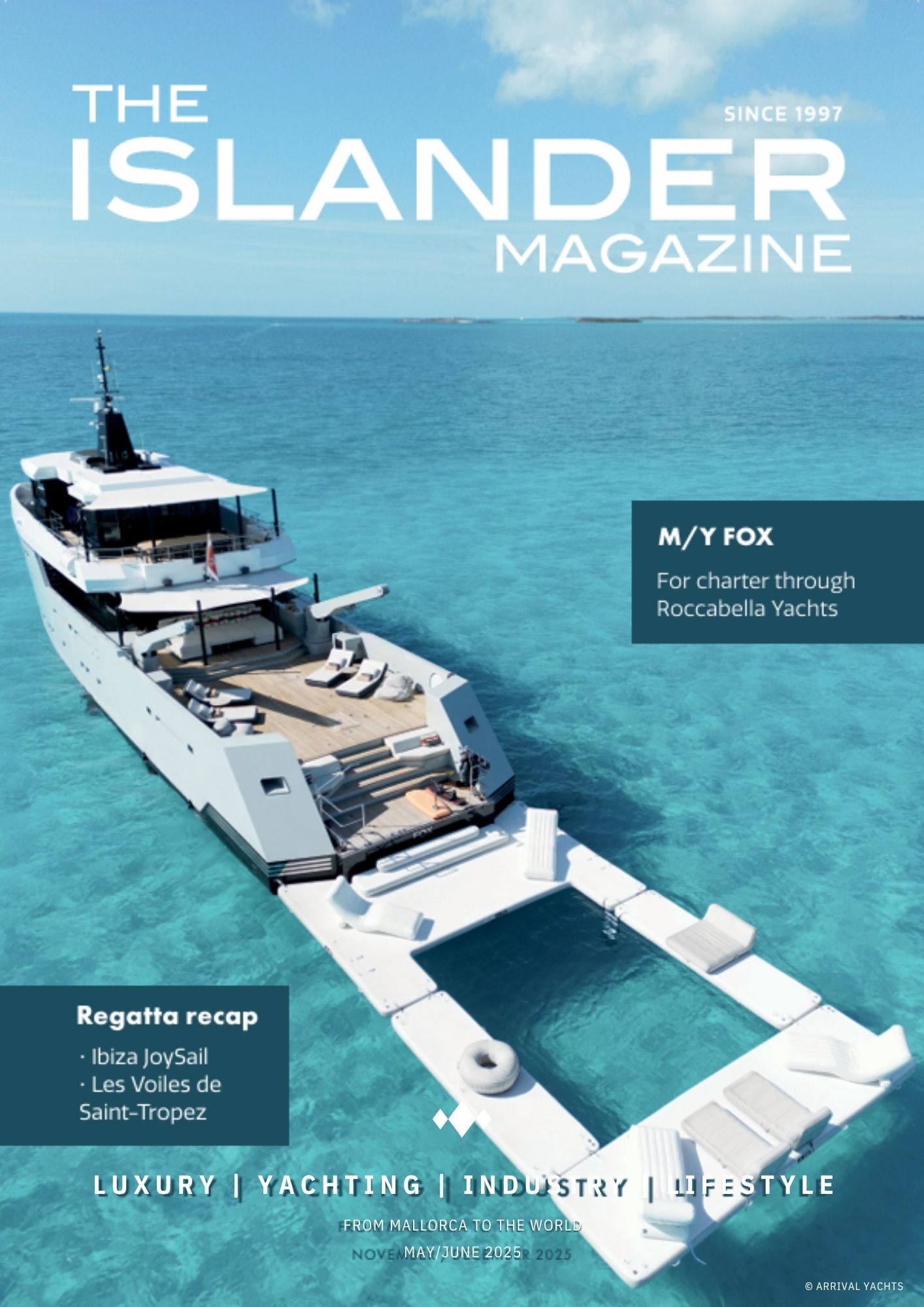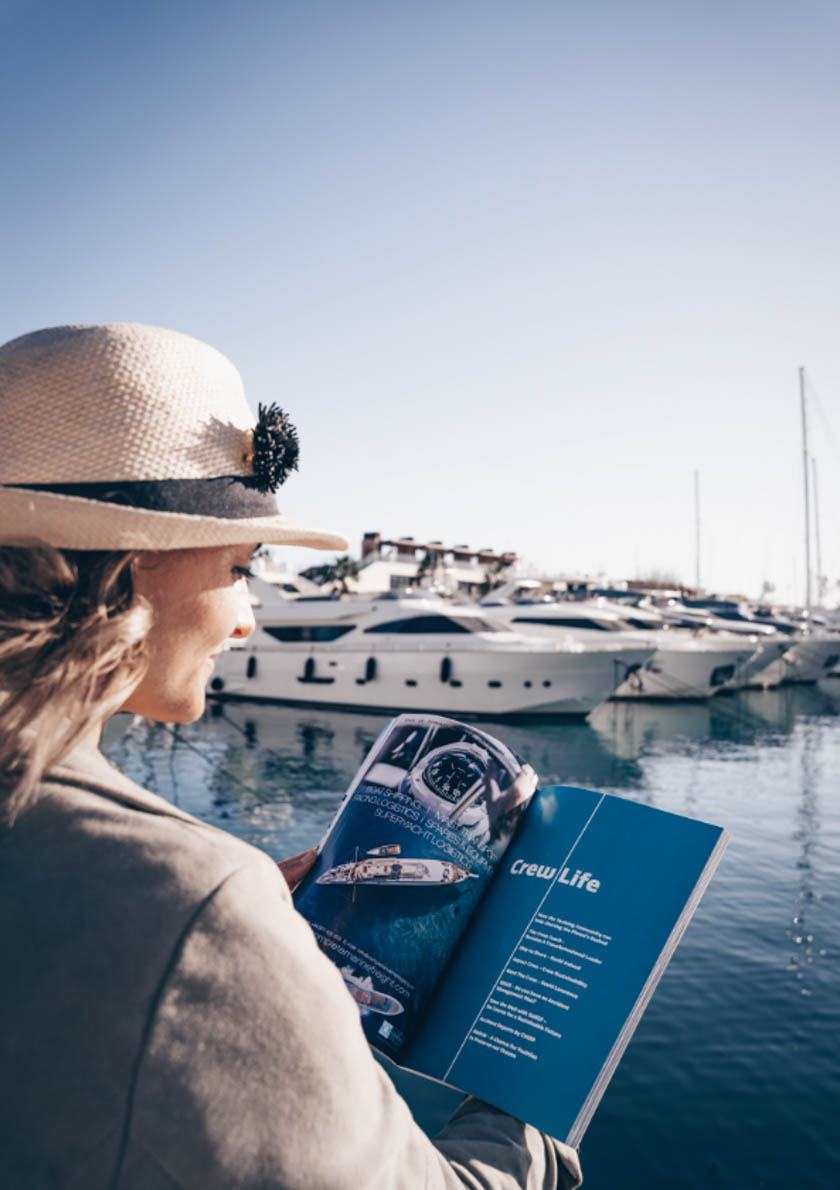Ligaments are the shrouds that attach joints together, bone to bone, as do joint capsules which is a sleeve encompassing and sealing the joint keeping the lubricating oil (synovial fluid ) bathing the joint.
While being the largest joint in the body, the knee joint has poor inherent stability. The curved condyles of the lower end of the femur slot into shallow hollows in the upper end of the tibia. The two cartilages in the knee help to increase the concavity (which in turn increases stability) however the knee joints still rely heavily on the strength of the upper leg muscles and their very important ligaments to hold them together.
The Medial collateral ligament is a wide, long band giving protection against any sideways force exerted on the outside of the knee such as a car fender blow to a pedestrian, a tackle in rugby or football or a fall while skiing.
The Lateral collateral ligament is more cordlike and is also supported by the Biceps Femoris which is the outer hamstring muscle. Injury to this ligament is a rarer occurrence as it is protected from a sideways force by the other leg.
The Cruciate ligaments are super important for knee stability. Together they control mobility in all directions as well as hyperextension and hyperflexion. Damage to either the Anterior or Posterior Cruciates can sadly cause severe biomechanical disturbance for your knee.
ACL (anterior cruciate lig) injuries are more common than PCL’s (posterior cruciate lig)
ACL damage is when the tibia (lower leg) sustains a blow from behind (below the knee) when the knee is bent causing the lower leg to move forward beyond it’s available range or when the femur (above the knee cap) sustains a blow from the front when the knee is bent and the lower leg is fixed to the ground unable to move to absorb the impact such as a tackle in contact sport. A complete rupture of the ACL can result in a dislocation of the knee.
PCL damage occurs in the reverse. The lower leg is fixed to the ground but the body momentum continues forward (for example skiing into powder snow when the ski stops however the rest of you continues forward!) Or the lower leg sustains a blow from a force below the knee (for example a road traffic accident when the knee strikes the dash board)
As with all joints, the ligaments of the knee are designed to support and protect the joint from injury however if they are stretched or strained beyond their usual capacity then there will be consequences such as pain , inflammation, swelling, loss of movement and an inability to bear weight through the leg.
A grade 1 ligament injury is usually recognised as a sprain when ice packs, elevation, support and limited use for the first 24 hours is usually sufficient treatment.
A grade 2 is a more severe sprain when there is loss of continuity of the ligament fibres and it may even be partially detached from its attachment. There will be pain and swelling and movement will be limited. Weight bearing through the knee would be very painful if not impossible. Medical assistance will be required to assess the injury and physiotherapy treatment to help accelerate the healing.
A grade 3 is a complete rupture when there will be rapid swelling of the joint, considerable pain and complete loss of function. Immediate medical assistance is necessary as the joint will be unstable which can result in displacement of the knee.
An MRI scan will be necessary as surgery is usually required to resolve a Grade 3 ligament injury.
It is super important to have all knee ligaments checked out by a professional when there is suspected damage. Even minor sprains need attention so as not to become major which is especially important in weight bearing joints such as the knee
Tracey Evans MCSP SRP COFIB 220
The Physiotherapy Centre
+34 609 353 805
+34 971 405 769













0 Comments